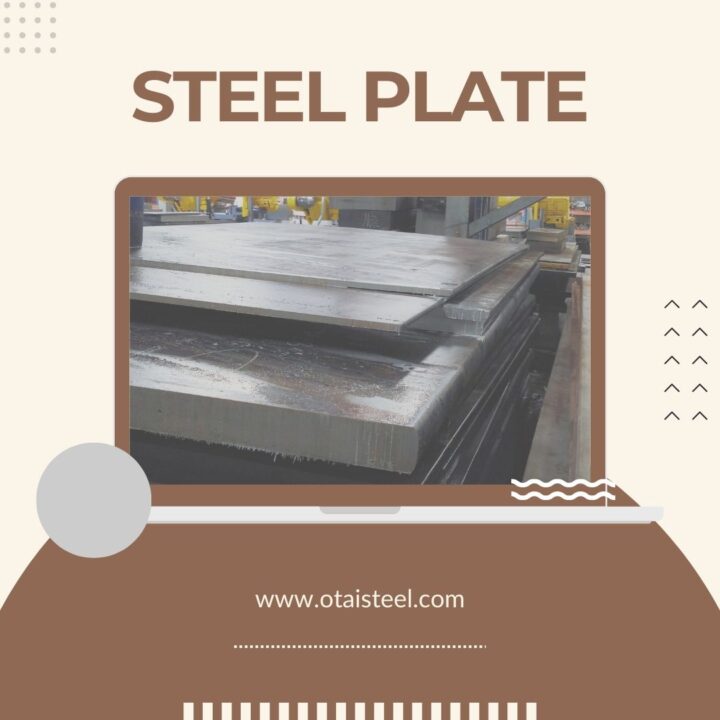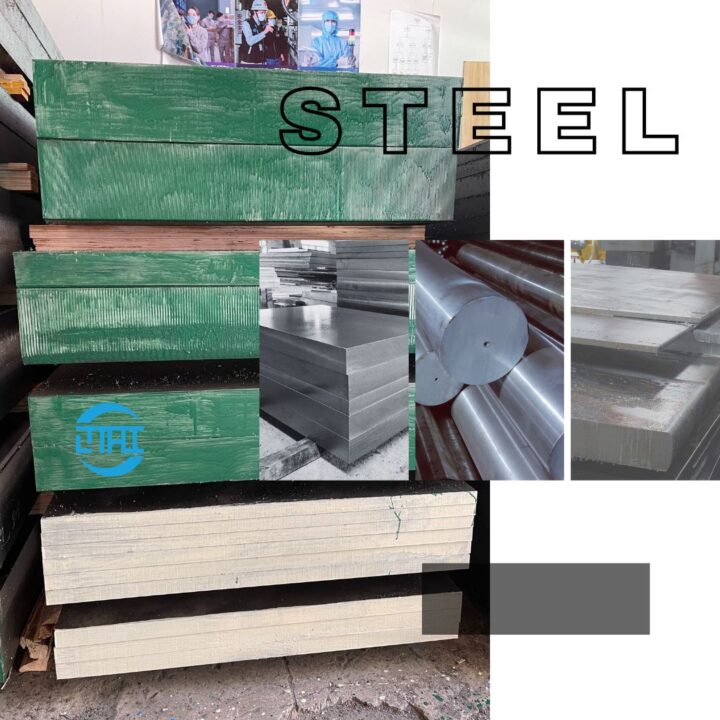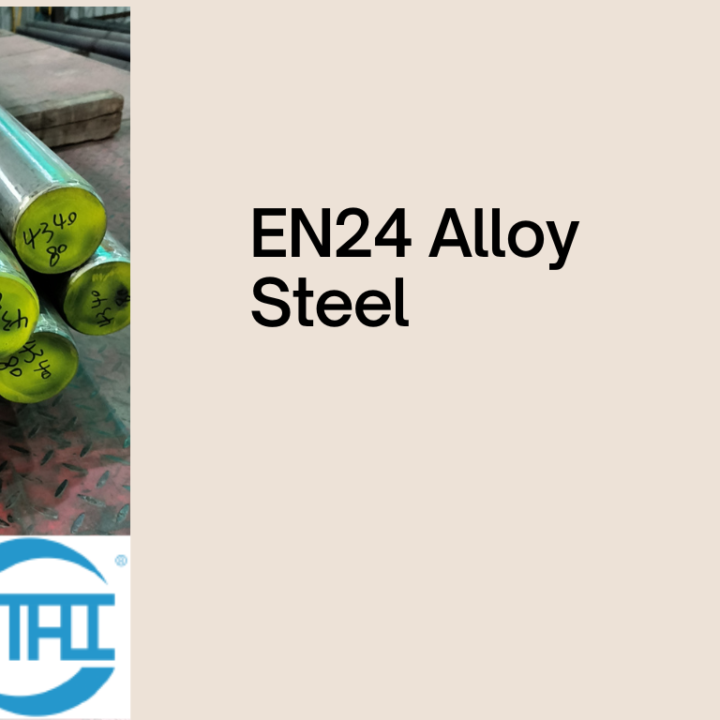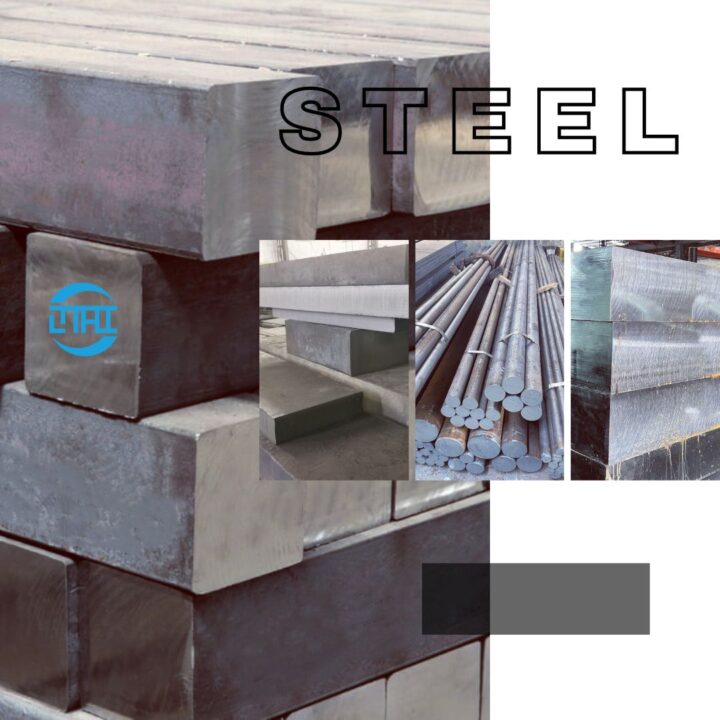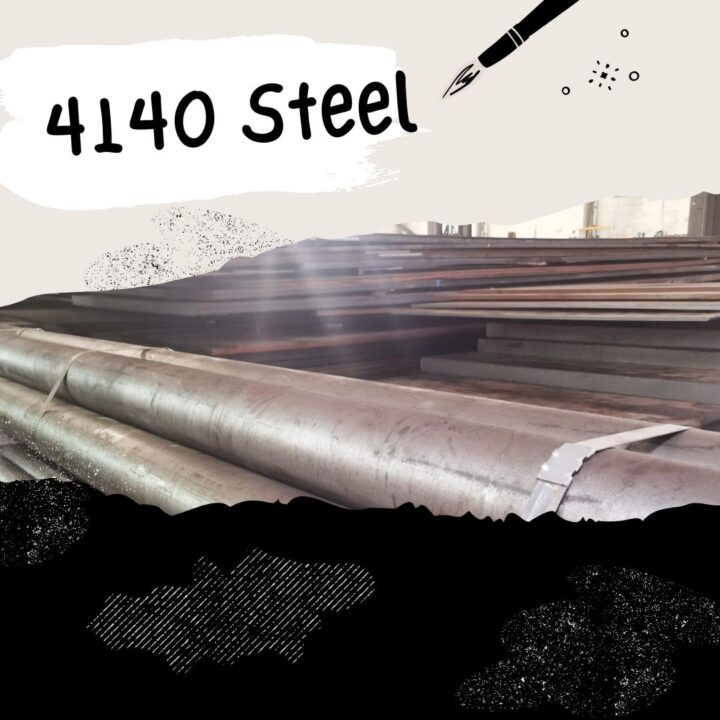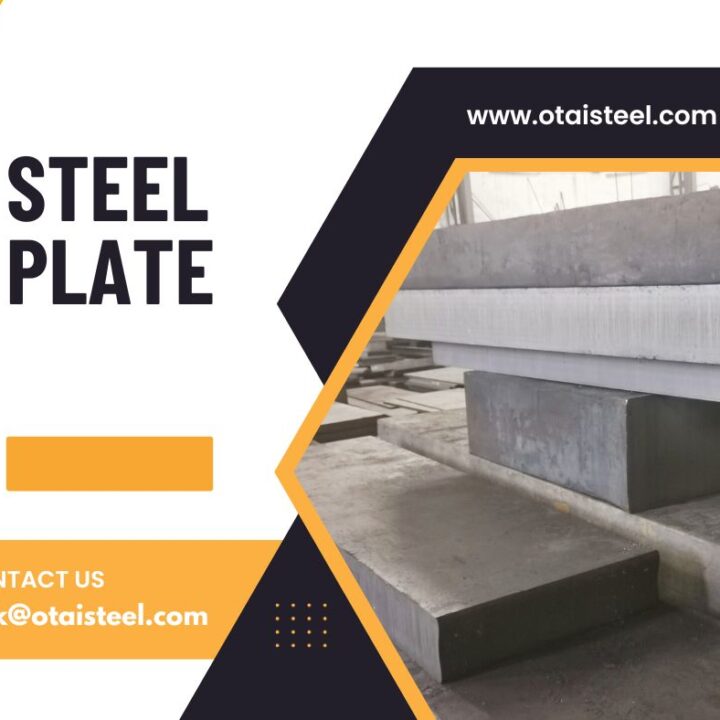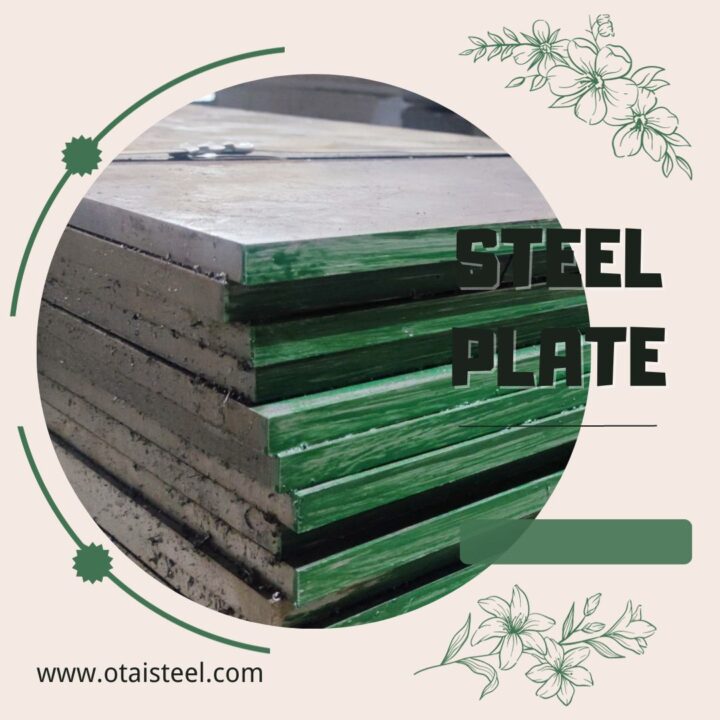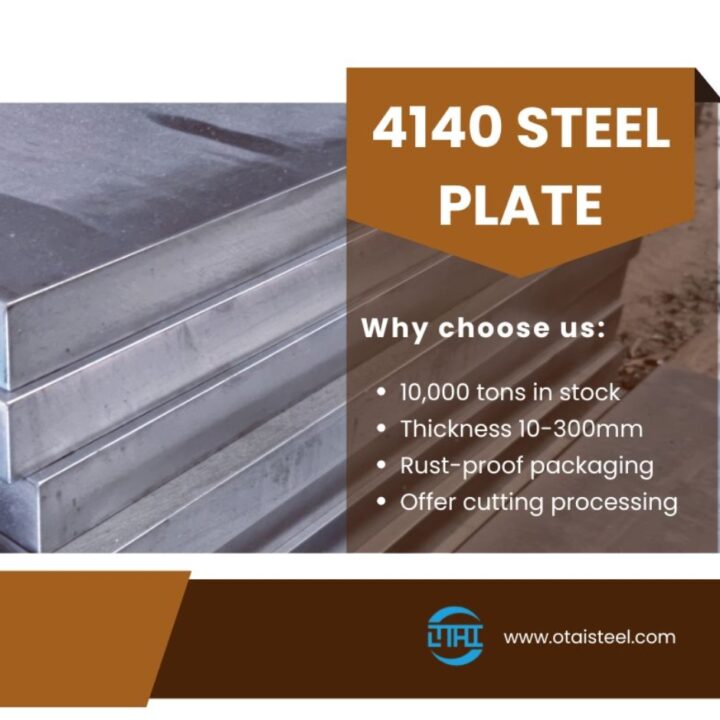When 1.2344 die steel is used as hot die steel, how to improve the lifetime of die?
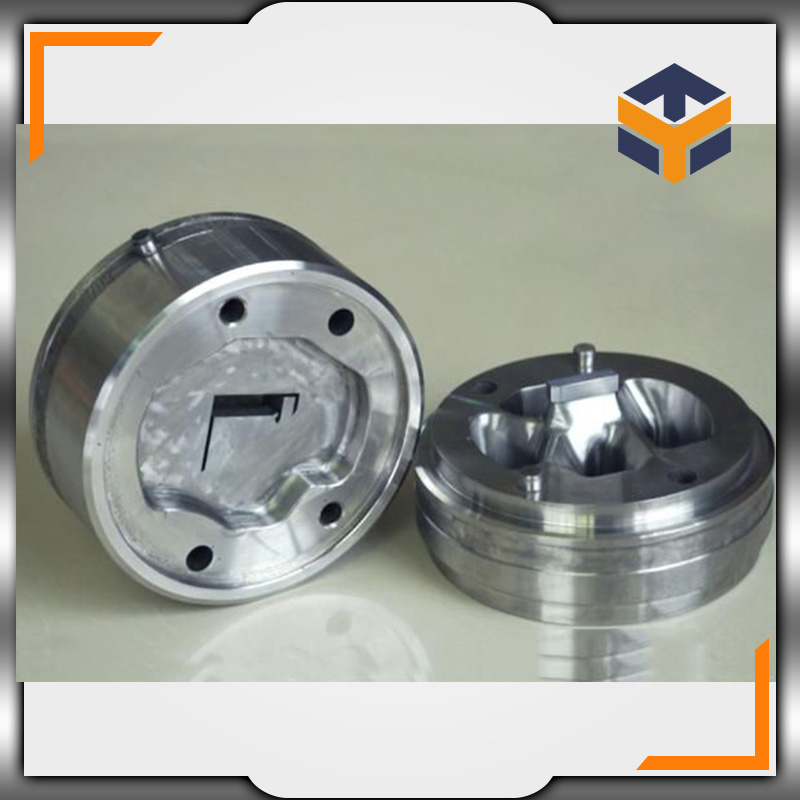
1.2344 die steel is the most widely used hot die steel. However, with the development of the aluminum extrusion industry, high- requirement for the extrusion mold is needed.
Effect of chemical composition on properties of 1.2344 die steel
1, C content is directly proportional to the strength of the steel, the increase of C content in the steel will improve the strength of the steel. for hot die steel, it will make the high-temperature strength, thermal hardness and wear resistance, but will lead to the reduction of its toughness.
- Cr has a favorable influence on the abrasion resistance, high-temperature strength, thermal hardness, toughness and hardenability of steel. When the content is high, the tempering resistance is also high, and the corrosion resistance of steel will be improved obviously when it melts into the matrix.
- Ti, V, and Mo elements. In the forging or quenching stage, carbide forming elements such as Ti and v. Mo will form alloy carbides insoluble in austenite, thus impeding austenite grain growth and refining austenite grain.
Also, in the tempering process stage, because 1.2344 die steel contains more carbide forming elements (Ti, V, Mo), when the tempering temperature is higher than 500℃, the cementite dissolves, forming a small, dispersed alloy carbide. The secondary hardening of H13 can be caused by the dispersion of alloy carbide.
Microstructure and properties of 1.2344 die steel
- Spheroidized annealing structure
When H13 steel is accepted in the annealed state, the main structure of steel in this state is pearlite. The morphology of pearlite is different with the different annealing process. Compared with the flake pearlite with the same chemical composition, granular pearlite has lower strength and hardness, but better plastic toughness.
For H13 steel in the annealed state, the original structure is generally required to be a point or granular pearlite to facilitate subsequent machining and forming, and to obtain austenite with refined grain in the quenching stage.
to be continued
